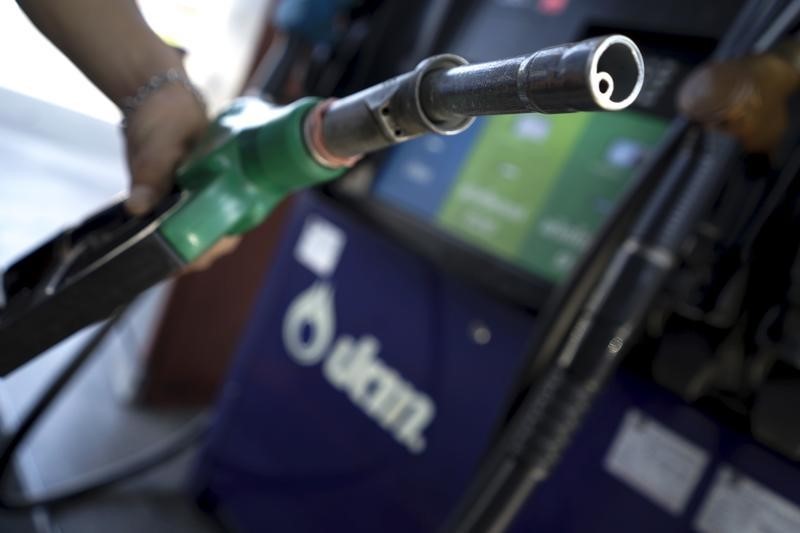By Barani Krishnan
Investing.com - Upbeat U.S. jobs numbers helped oil prices jump over 5% on the week, gaining more than they lost the previous week. It was the second time in a month that oil bulls pulled off such a feat, despite the resurgence in U.S. coronavirus cases and threats of fresh curbs on the economy.
New York-traded West Texas Intermediate, the benchmark for U.S. crude futures, settled up 83 cents, or 2.1%, at $40.65 per barrel after the U.S. Labor Department said the economy added 4.8 million jobs in June versus a forecast growth of 3 million jobs.
Riding the coattails of the WTI rally, London-traded Brent, the global benchmark for oil, climbed $1.02, or 2.4%, to $43.05 by 2:30 PM ET.
For the week, WTI rose 5.6%, way more than the 3.2% it lost last week. Two weeks ago, there was a similar occurrence when the U.S. crude benchmark gained 9.6% versus the previous week’s 8.3% decline.
In Brent’s case, the current week’s gain of 5% more than made up last week’s slide of 2.8%. Similarly, the global crude benchmark was up 8.9% two weeks ago, after a drop of 8.4% a week earlier.
The upbeat jobs numbers for June garnered much of the attention across markets. But continuing weekly jobless claims increased, suggesting a large part of the labor market still hasn't come back.
The rising toll of Covid-19 infections across the U.S. Sunbelt also suggested that new economic lockdowns might be in order, stunting the nascent recovery seen over the past two months.
“As U.S. hospitals continue to see surges with Covid-19 cases, the June jobs gain will be shrugged off as the massive spike in cases from the Southeast to Southwest region will likely delay the reopening momentum in the economy and stifle the strong recovery in jobs seen this month,” said Ed Moya, an analyst at New York’s OANDA.
“Appetite for risky assets could go nowhere as the June jobs gain was almost too good and will lead many to believe that the next fiscal package for economic recovery might be smaller.”
Oil prices have trended higher since the Energy Information Administration reported on Wednesday a 7.2 million-barrel drawdown in U.S. crude stockpiles for the week ended June 26 — about 10 times more than forecast.
While crude stockpiles slumped, gasoline inventories rose 1.2 million barrels, compared to a draw of 1.7 million barrels a week ago. Distillates stockpiles provided a better case for oil bulls, sliding by 593,000 barrels versus, compared to a build of nearly 250,000 barrels previously.
Crude production, meanwhile, remained unflinching at an estimated 11 million barrels per day, suggesting the output cutbacks seen over the last three months were all but over as the 300% rally in WTI from April’s price lows encouraged U.S. drillers to turn their taps back on. The steadying crude production affirmed the dwindling cuts on U.S. oil rigs, which showed a decline of just one unit last week.
On the virus front, the United States was reporting some 40,000 new cases of coronavirus daily in the so-called “second-wave” of the outbreak. Top U.S. pandemics expert Anthony Fauci said earlier in the week that this could grow to 100,000 daily without proper social-distancing and other safety measures.
Data shows that some 2.8 million Americans have already been infected by the Covid-19, with a death toll exceeding 131,000. A new model by the University of Washington also predicts 200,000 coronavirus deaths in the United States by Oct. 1, casting further doubts on economic reopening from lockdowns. As a sign of how seriously the world was viewing the U.S. outbreak, the European Union reopened its borders to visitors from 15 countries earlier this week, but excluded Americans.
